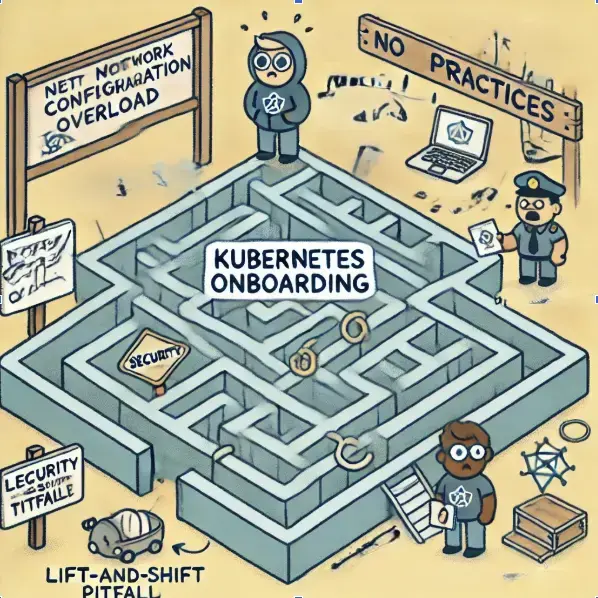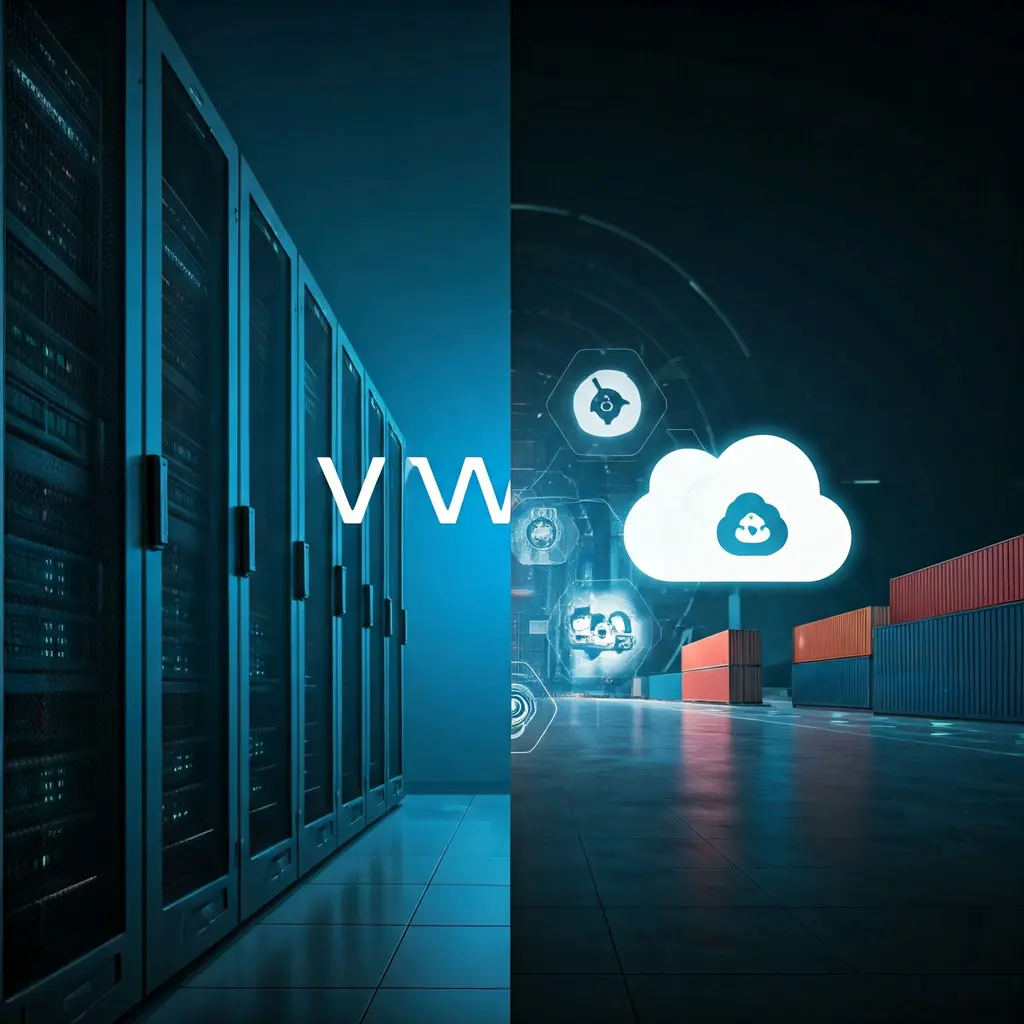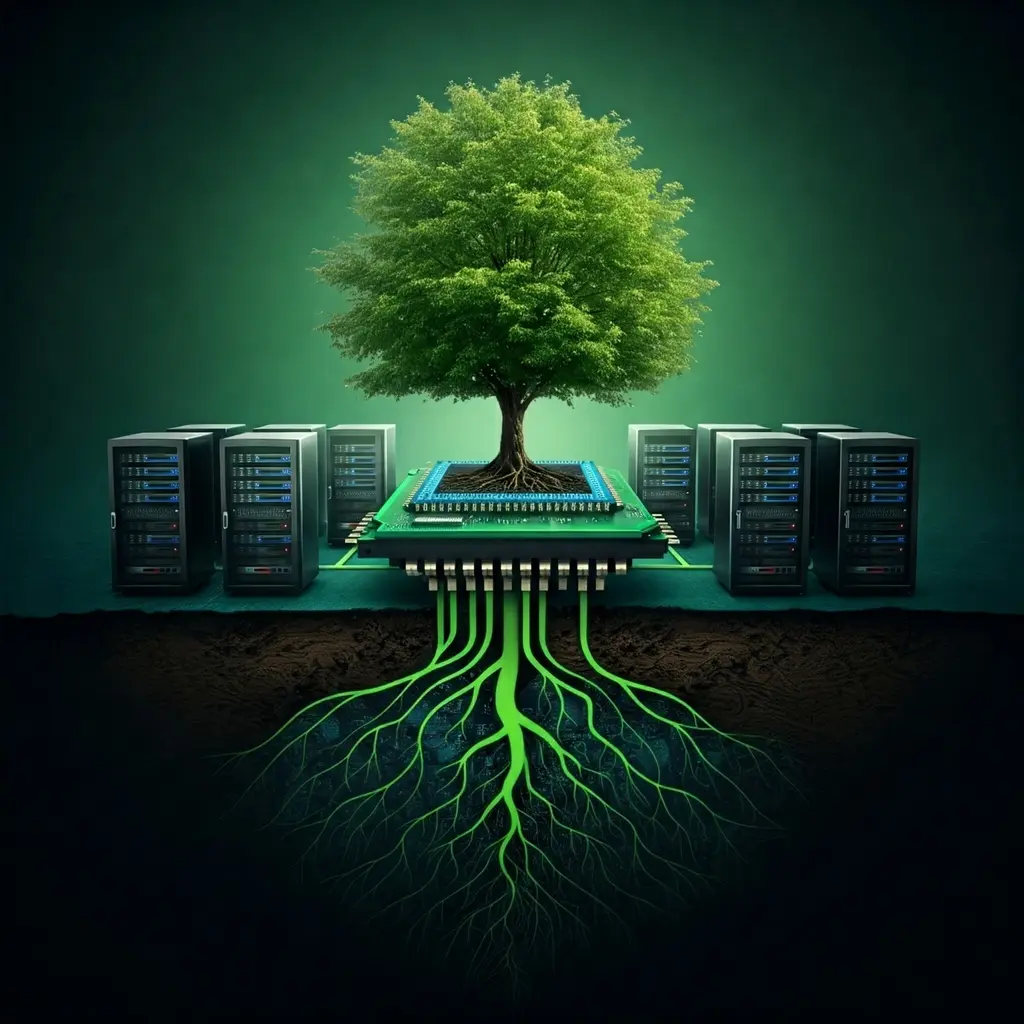AI Engineering, Platform Engineering for AI

In recent years, Platform Engineering has emerged as a cornerstone for building and maintaining the infrastructure that powers software development. It focuses on developer experience and ensuring that the paltform is efficient, scalable, and resilient. As artificial intelligence (AI) continues to revolutionise the tech landscape, a new frontier has emerged: AI Engineering. This discipline not only brings AI to the organisation but also adapts the principles of Platform Engineering to meet the unique demands of AI systems. Essentially, AI Engineering is leveraging the proven strategies of Platform Engineering and tailoring them to the complexities of AI technologies.
Platform Engineering Principles
At its core, Platform Engineering is about creating streamlined environments where developers can produce high-quality code and deploy it efficiently without worrying about the underlying complexities. The main objectives are to ensure scalability, security, and the smooth operation, while maintaining developer satisfaction and productivity. Platform engineers build and maintain the foundational “platform” upon which other engineers develop.
Key principles of Platform Engineering include:
- Automation: Minimising human error and increasing efficiency.
- Scalability: Building systems capable of handling increased load and complexity without a proportional rise in operational overhead.
- Resilience: Ensuring systems can recover from failures and continue to function under stress.
- Developer Enablement: Providing tools and frameworks that empower developers to focus on building features rather than dealing with infrastructure.
AI Engineering: Platform Engineering for AI
AI Engineering takes these platform principles and applies them to the unique challenges of AI development, such as data management, model training, and deployment. While traditional software engineers primarily deal with code and services, AI engineers navigate the complexities of machine learning (ML) models, large datasets, and computationally intensive training processes.
By adopting Platform Engineering principles, AI Engineering can make AI development more accessible and scalable. Here’s how these principles translate:
- Automation in AI Pipelines: Just as Platform Engineering prioritises automation, AI Engineering focuses on automating data processing, model training, and deployment pipelines. This is crucial in AI development, where training models can be time-consuming and resource-intensive. By automating these workflows, AI developers can iterate faster and reduce time-to-market.
- Scalability of AI Models: Building scalable AI systems involves creating infrastructure that can handle massive amounts of data and computation. Platform engineers have solved many scalability challenges for traditional software, and AI engineers are now extending these solutions to machine learning pipelines, enabling models to train and run efficiently at scale.
- Resilience in AI Systems: AI systems are inherently more complex than traditional software, with models that can degrade in performance over time due to data drift or unforeseen edge cases. AI Engineering adopts the resilience mindset from Platform Engineering, ensuring that systems can recover gracefully from failures.
- Empowering Data Scientists and AI Developers: Just as Platform Engineering enables software developers to focus on writing code without worrying about infrastructure, AI Engineering empowers data scientists and AI developers by providing them with tools, frameworks, and environments where they can focus on building and improving AI models without getting bogged down by infrastructure concerns.
Challenges in AI Engineering
Applying Platform Engineering principles to AI is not without its challenges. AI systems are more complex and less predictable than traditional software, introducing several unique hurdles:
Building a Robust Gen AI Platform Infrastructure
- Complex Components: Integrating code, prompts, APIs, frameworks, large language models (LLMs), and data into a cohesive platform is a challenge. The AI infrastructure must seamlessly bring together these diverse components to function effectively.
- Infrastructure Complexity: Implementing abstraction proxies, caching mechanisms, monitoring, observability, and feedback systems tailored to AI applications adds layers of complexity. These systems must be designed to handle the unique demands of AI workloads.
- Rapidly Changing Toolsets: The AI landscape is evolving rapidly, with new tools and frameworks emerging. Keeping up with these changes requires constant updates and adaptability, posing a challenge for maintaining a stable development environment.
Selecting and Managing Appropriate Models
- Model Explosion: The number of available AI models, both proprietary and open-source, can be overwhelming. Navigating this landscape to select the most appropriate models for specific use cases is a complex task.
- Use-Case Specificity: Different models excel at different tasks, such as text generation, voice recognition, or image analysis. Choosing the right model requires a deep understanding of the use case and the model’s capabilities.
- Unified Interfaces: Solutions that provide a unified interface to interact with multiple models can simplify development but also introduce new complexities in managing these interfaces.
Efficient Data Indexing and Retrieval
- Vector Databases: Implementing vector databases for indexing unstructured data like PDFs, documents, and chat logs is crucial for AI applications. These databases enable efficient retrieval of relevant information but require specialised knowledge to implement effectively.
- Connector Integration: Utilising connectors to bring in data from various sources (e.g., Confluence, Jira) and integrating them seamlessly is a significant technical challenge.
- Retrieval Augmented Generation (RAG): Implementing RAG patterns to fetch and incorporate relevant data into prompts enhances AI capabilities but adds complexity to the data retrieval process.
Enabling Teams and Overcoming Resistance
- Fear of AI: Engineers may have concerns about AI being too complex or even a threat to their jobs. Addressing these fears is essential for team cohesion and productivity.
- Education and Excitement: Providing training, test environments, and hackathons can make engineers more comfortable and open about AI. Fostering a culture of learning and experimentation is key.
- Framework Adoption: Encouraging the use of AI frameworks, despite their rapid evolution and potential to cause frustration, is important for standardising development practices.
Implementing Robust Testing and Evaluation Practices
- Quality Assurance: Developing methods to test the input and output of AI applications ensures they produce relevant and accurate results. This is more complex than traditional software testing due to the probabilistic nature of AI models.
- Automated Evaluations: Utilising evaluation frameworks and possibly AI models themselves to assess the quality of outputs can help maintain high standards without manual intervention.
- Managing Change: Keeping track of rapid changes in models, prompts, and frameworks, and updating prototypes accordingly, is essential to prevent technical debt and maintain system integrity.
Ensuring Governance, Privacy, and Compliance
- Trust Issues: Overcoming inherent distrust towards AI vendors and cloud providers is necessary for collaboration. Establishing trust through transparency and reliability is critical.
- Opt-In/Opt-Out Policies: Understanding and managing policies related to data usage and model training is essential to comply with regulations and protect user data.
- Licensing and Legal Compliance: Navigating the complexities of open-source licences and adhering to legislation like European AI regulations requires careful attention.
- Bias and Ethics: Analysing model documentation for biases in gender, race, or other areas, and implementing ethical AI practices, is crucial to prevent misuse and ensure fairness.
Implementing Guardrails and Monitoring
- Data Leakage Prevention: Monitoring to ensure that no private or sensitive information leaked through AI models is vital for security.
- Input/Output Filtering: Applying filters to sanitise prompts and responses, helps prevent malicious inputs and outputs.
- Protection Against Attacks: Safeguarding against prompt injection and other security threats specific to AI applications is a new frontier in cybersecurity.
Organising Effective Teams to Support AI
- Unified Platform Team: Establishing a platform team 1 that has expertise in cloud, security, developer experience, data, and AI promotes collaboration and efficiency.
- Emergence of the AI Engineer Role: Recognising and fostering the role of AI engineers who focus on integrating models and prompts into applications bridges the gap between data science and production systems.
- Collaboration Across Domains: Encouraging collaboration between platform teams to share knowledge on compliance, access control, and best practices enhances the overall capability of the organisation.
Managing Technical Debt and Rapid Technological Change
- Continuous Improvement: Promoting a culture of learning and adaptation is necessary to keep up with new tools and technologies in the fast-evolving AI field.
- Version Control: Keeping track of which models, prompts, and frameworks are used in various prototypes helps manage updates and maintain consistency.
- Resource Allocation: Allocating time and resources to revisit and refine earlier work ensures that systems remain up-to-date with current best practices.
Addressing Privacy Concerns with Personal AI Tools
- Employee Awareness: Educating users on the implications of using personal AI assistants and the potential for unintentional data leakage is essential.
- Policy Development: Crafting policies that define acceptable use and integrate AI tools safely into workflows helps mitigate risks.
- Monitoring and Control: Implementing mechanisms to ensure that AI assistants do not compromise organisational privacy and security is critical.
The Future of AI Engineering
AI Engineering is poised to become the backbone of AI-driven organisations, much like Platform Engineering is for software companies. By automating workflows, scaling infrastructure, and enabling AI developers and data scientists to focus on innovation, AI Engineering is set to accelerate the deployment of AI solutions across industries.
As we move into the era of AI-driven applications, applying Platform Engineering principles for AI development will create more robust, scalable, and efficient systems. Organisations that successfully navigate the adapt AI Engineering principles will be better positioned to harness the full potential of artificial intelligence.
In summary, AI Engineering is the next evolution of Platform Engineering, applying the same principles of automation, scalability, resilience, and developer enablement to the world of AI. By addressing the unique challenges of systems, it’s setting the stage for a future where AI can be developed, deployed, and maintained with the same efficiency and reliability that modern software platforms enjoy today.
Conclusion
The transition to AI Engineering represents a significant shift in how we approach the development and deployment of software systems. By embracing the principles of Platform Engineering and adapting them to meet the specific needs of AI, organisations can overcome inherent challenges and unlock new levels of innovation and efficiency. The future of AI Engineering is not just about building models; it’s about creating the platforms that will support AI at scale, driving progress across every industry.
Ready to take the next step in your AI journey? Our team of experts is here to help you navigate the complexities of integration and help your set up a platform team tailored to your organisation’s needs. Contact us today to unlock the full potential of Generative AI.









